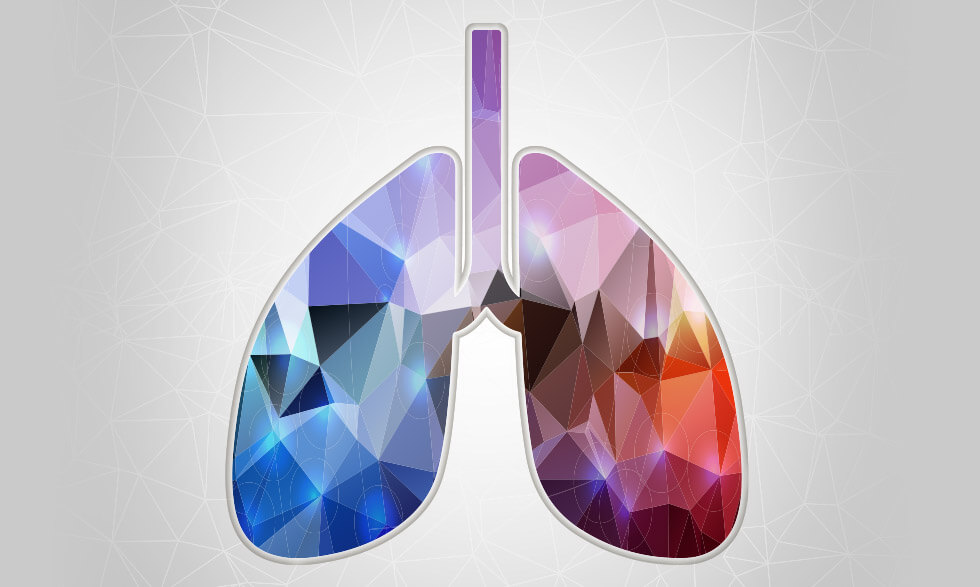Health Topics

The future of asthma monitoring
With so many pollutants indoors and outdoors, determining what triggers asthma in children is not easy. Now, NIH-supported researchers are developing technology to help identify those triggers more easily.
New research supported by the National Institute of Biomedical Imaging and Bioengineering (NIBIB) uses biosensors to gather data about environmental and other factors involved in childhood asthma. Biosensors are devices that detect and measure biochemical changes within the body. Technology then turns those signals into helpful data, which experts can analyze to learn about our health.
These asthma biosensor systems monitor what children are exposed to and their body's reactions. Zhenyu Li, Ph.D., a biomedical engineer at George Washington University, is engaged in the research.
He and his team are developing a sensor that can be worn on a child's wrist to detect formaldehyde, an air pollutant that can trigger asthma.
"Researchers don't have tools at the moment that can monitor environmental triggers, physiological responses, and behavior without interrupting normal activities," Dr. Li said. He expects to have a wearable sensor prototype that can be tested soon.
Dr. Li's team is also working on a device that can be placed in a child's home to detect multiple air pollutants, like those found in tobacco smoke and some manufactured wood products, such as flooring and furniture.







